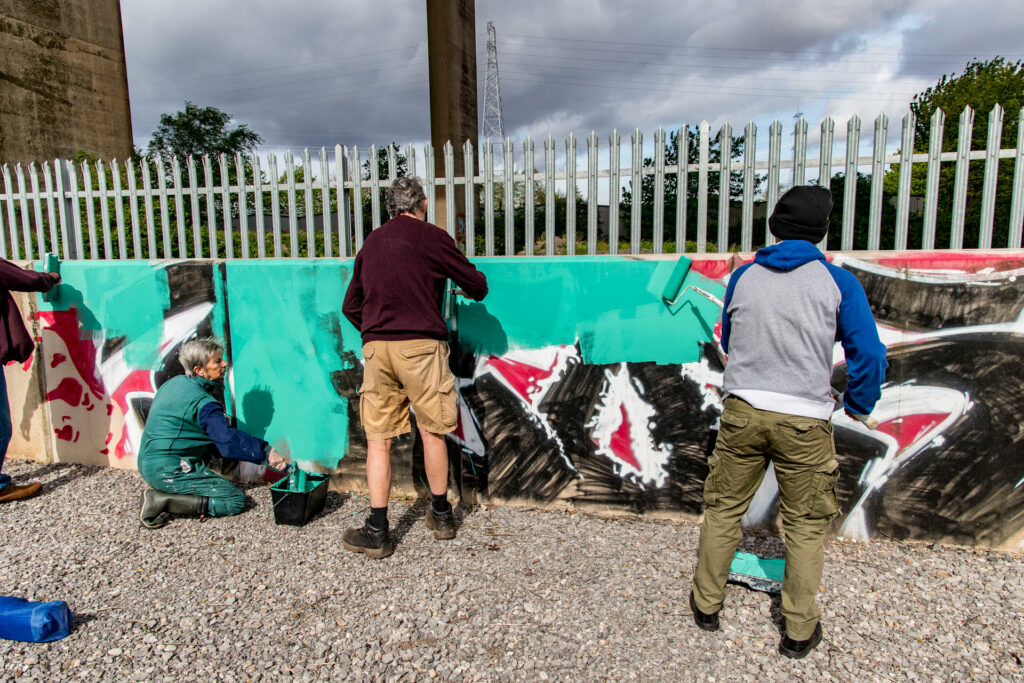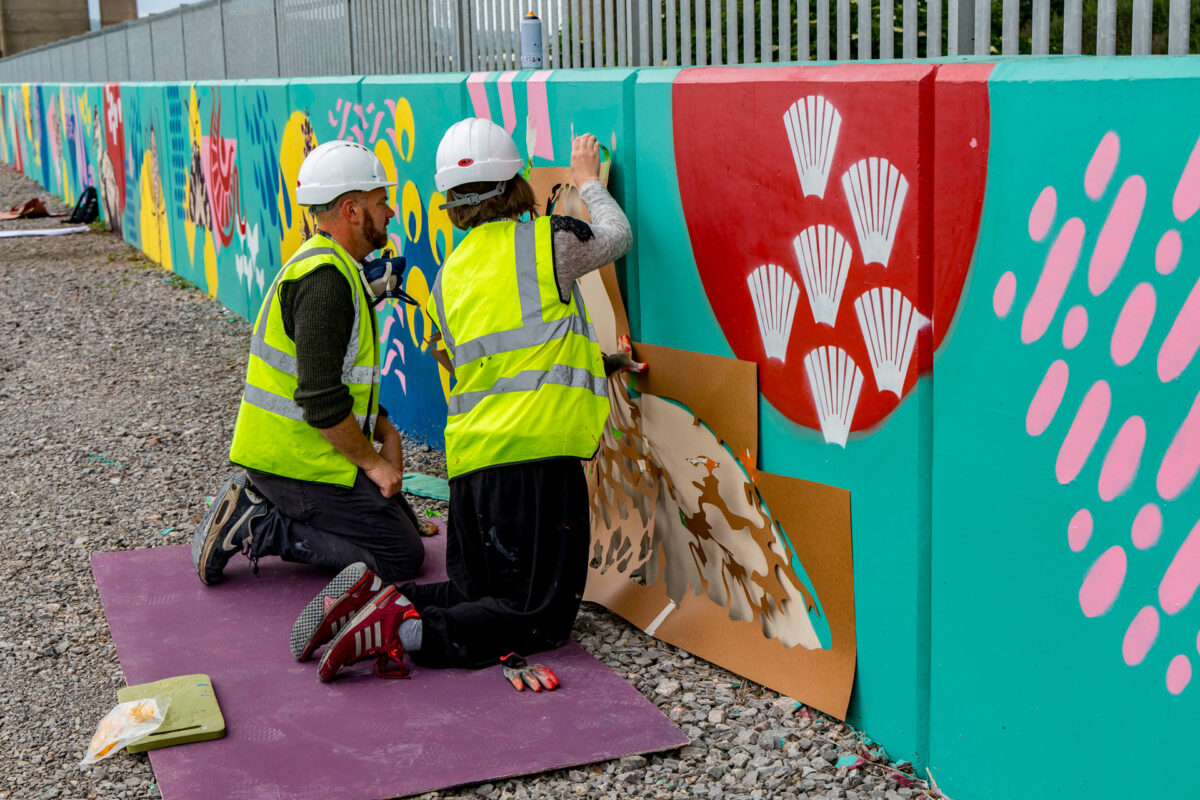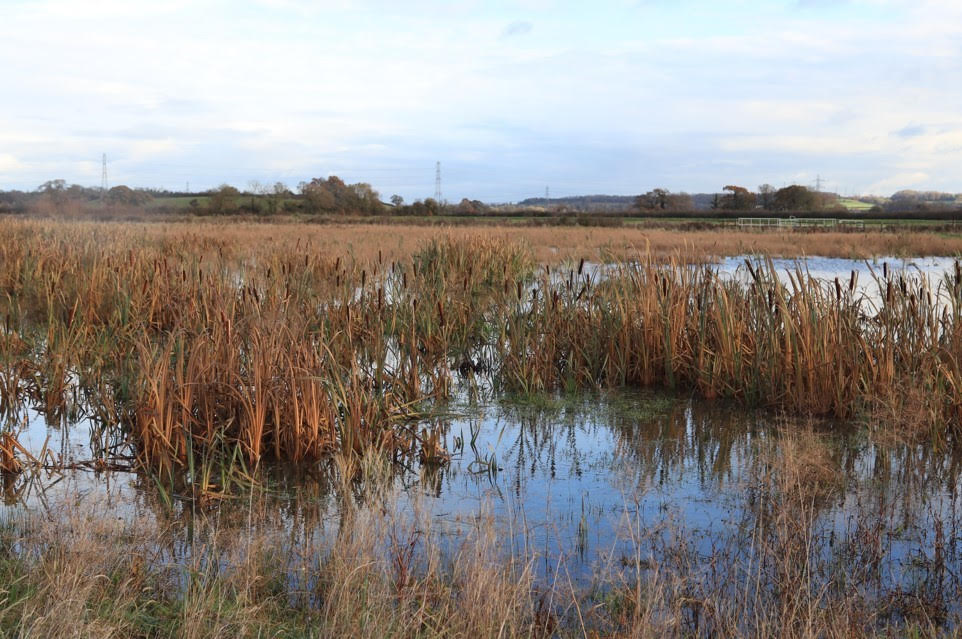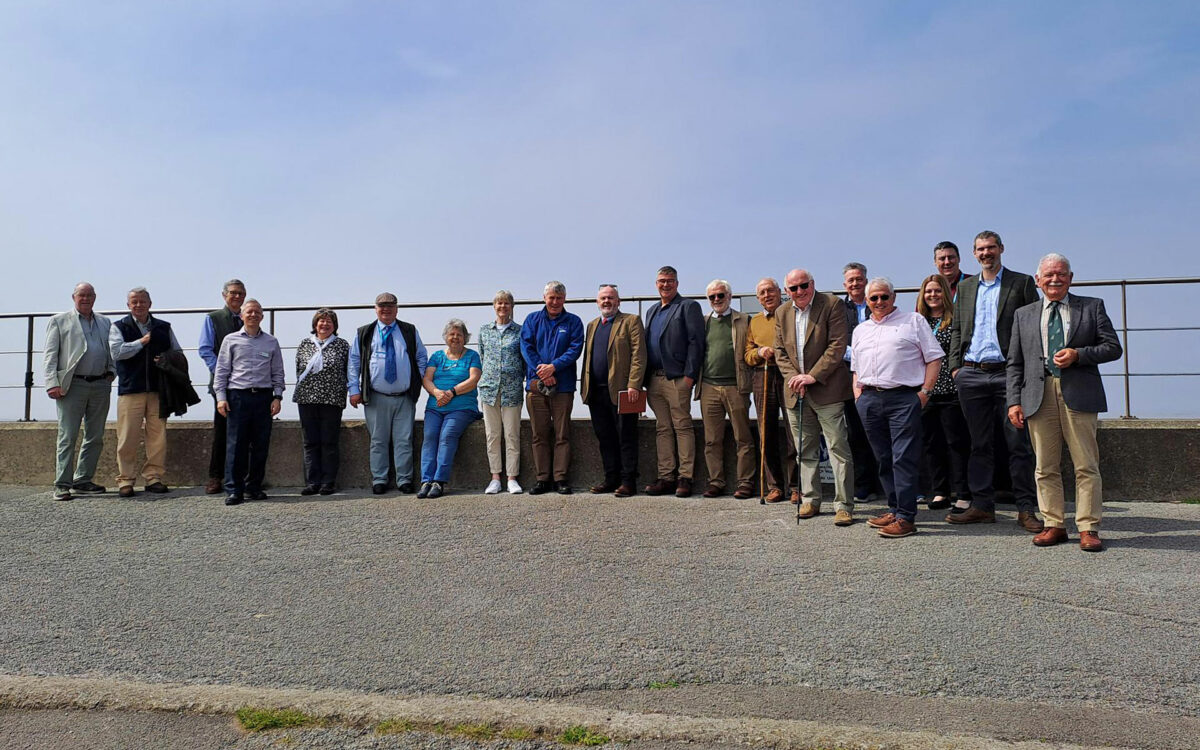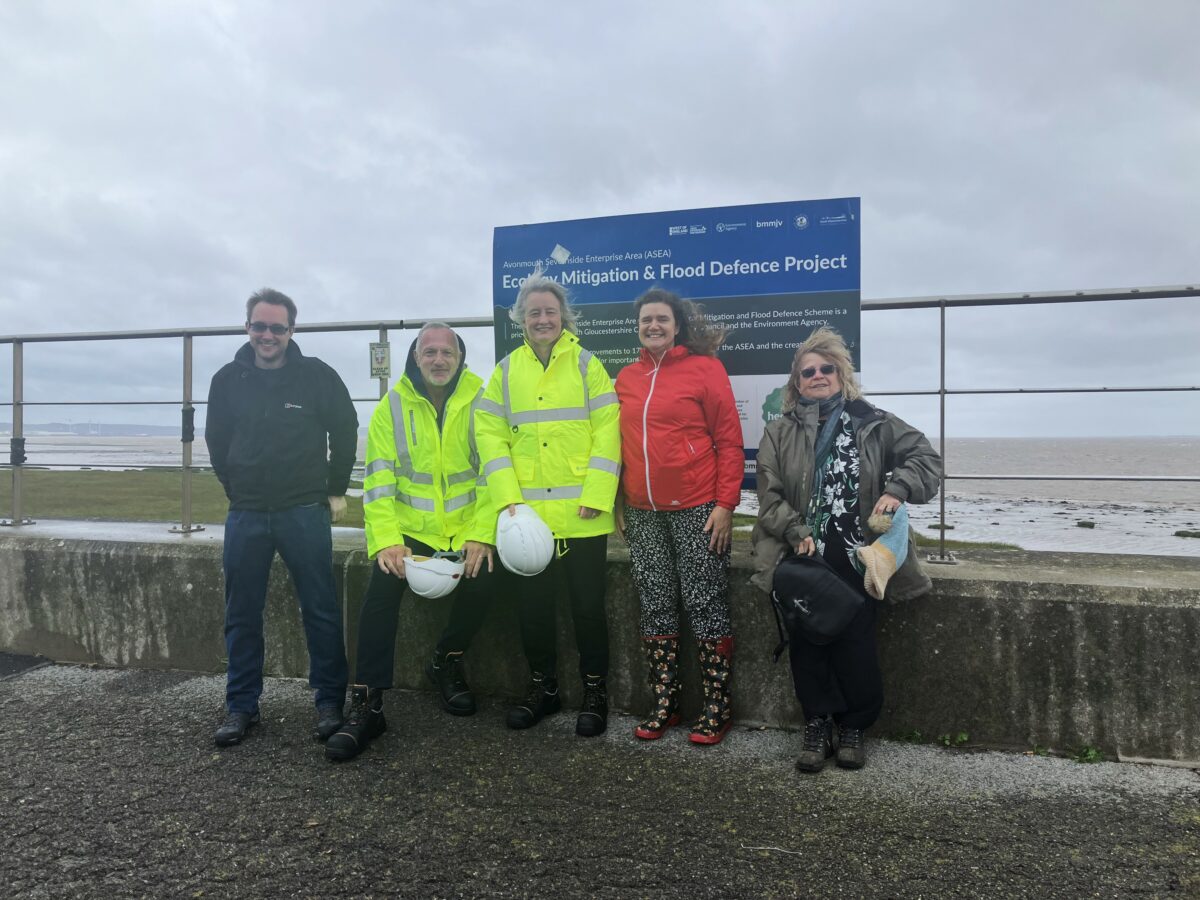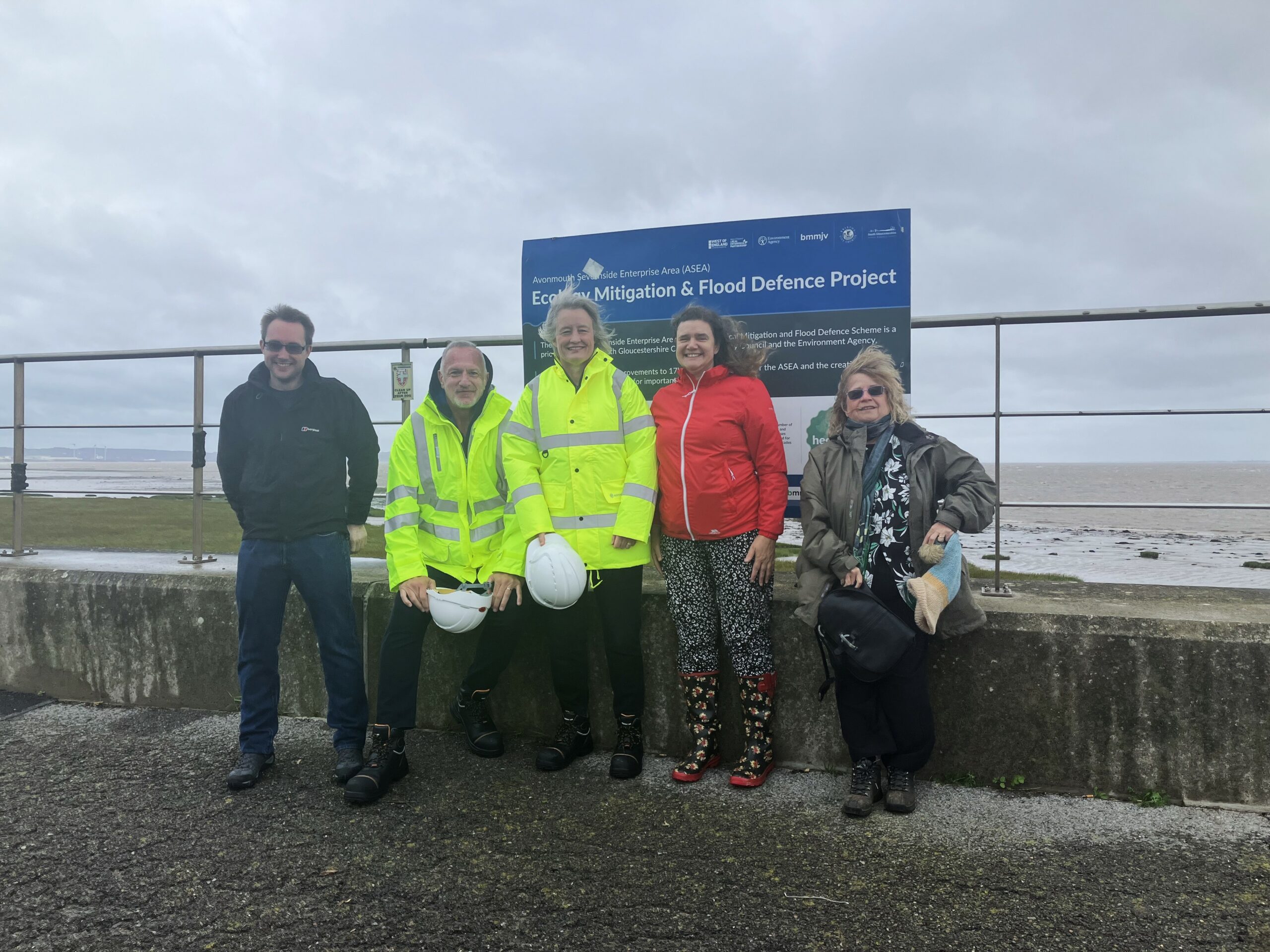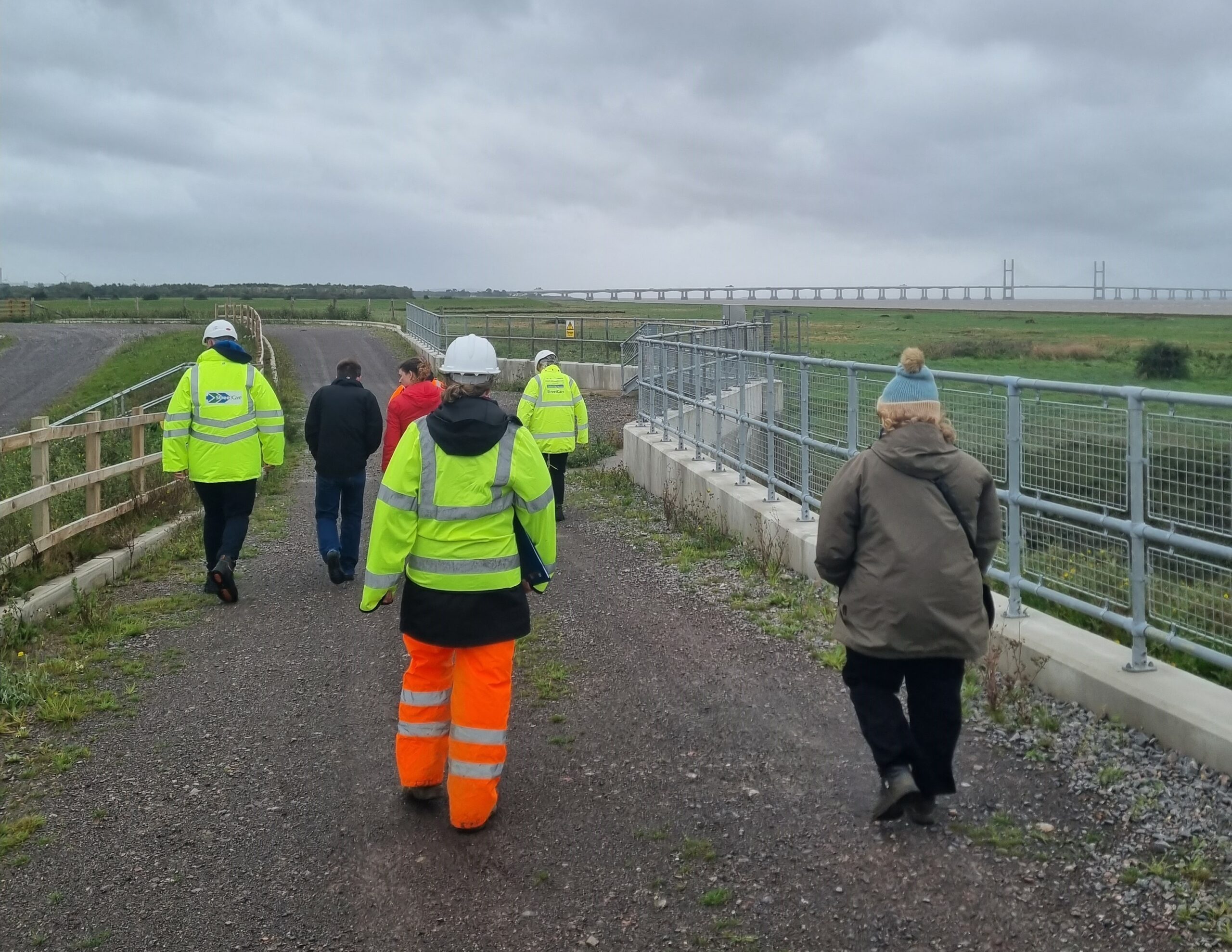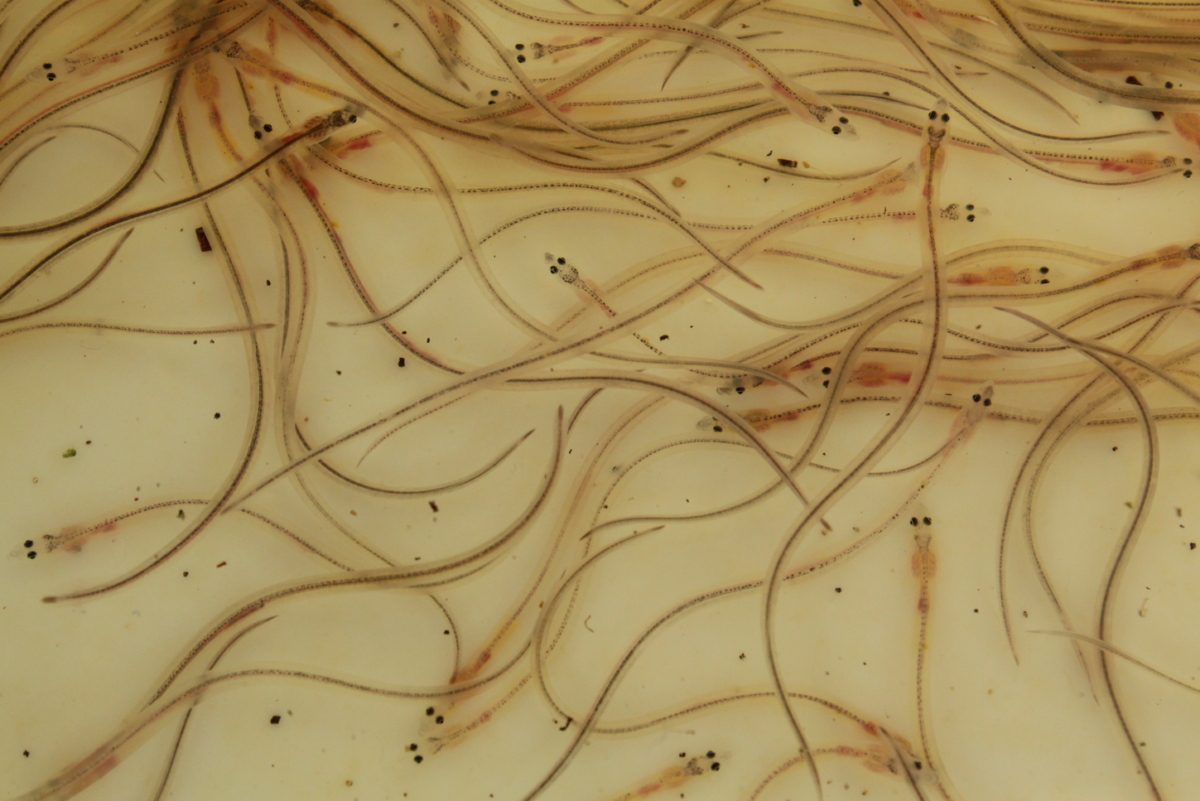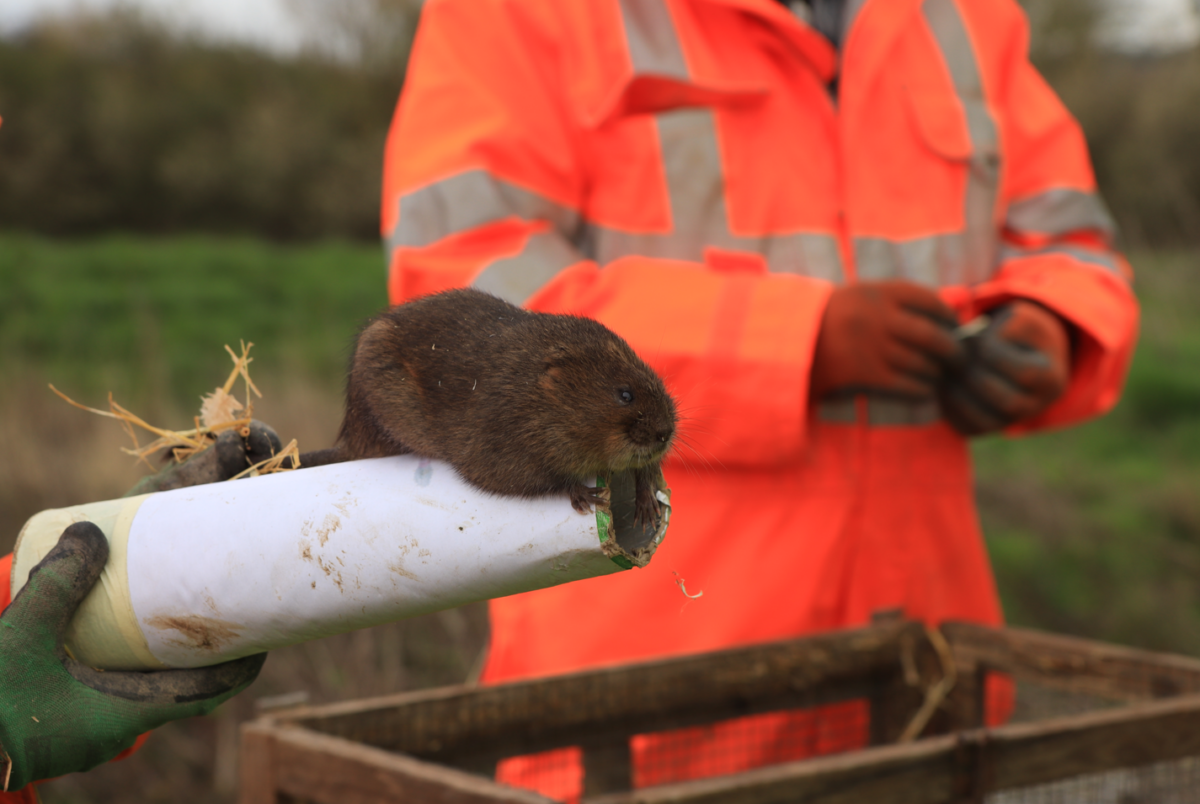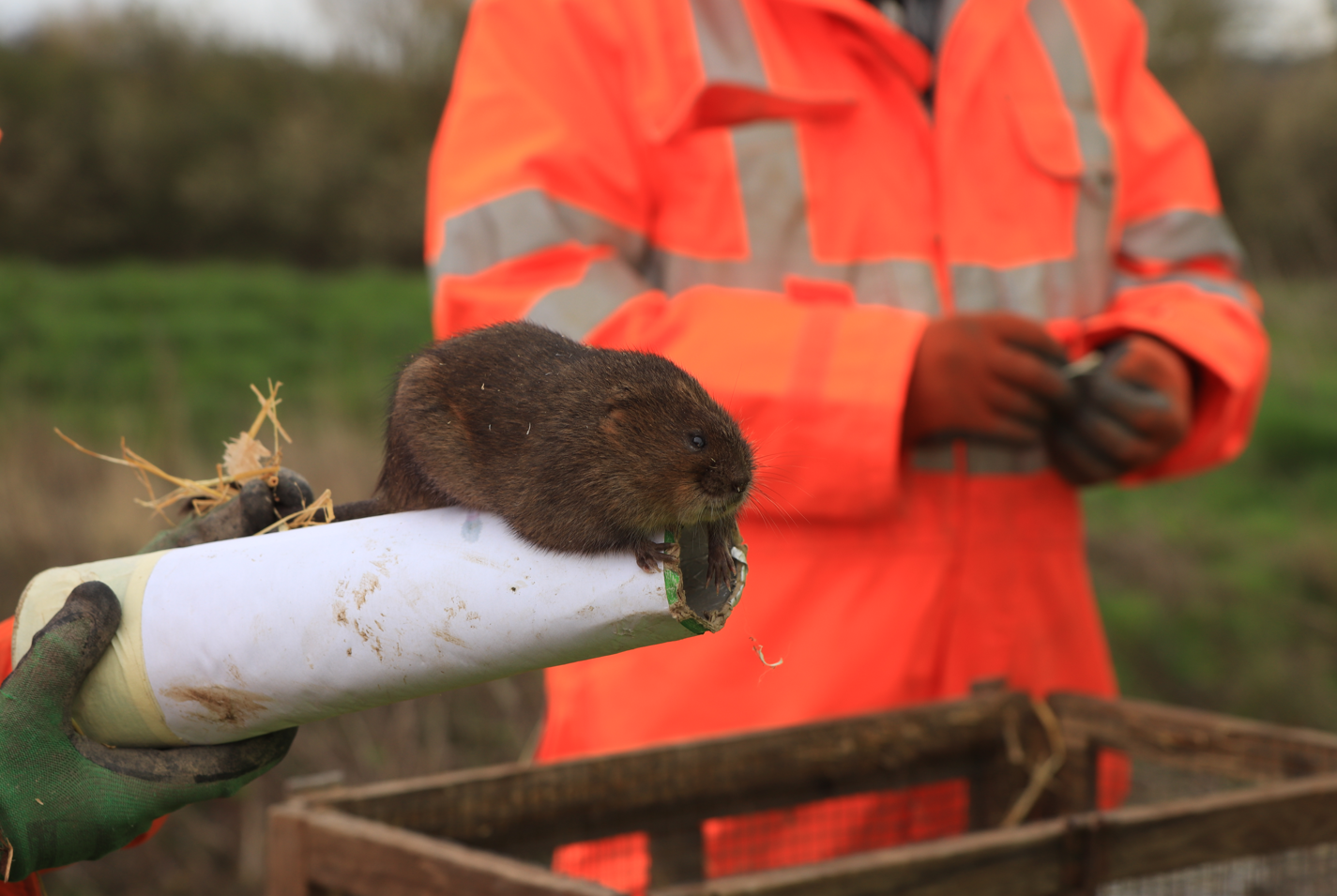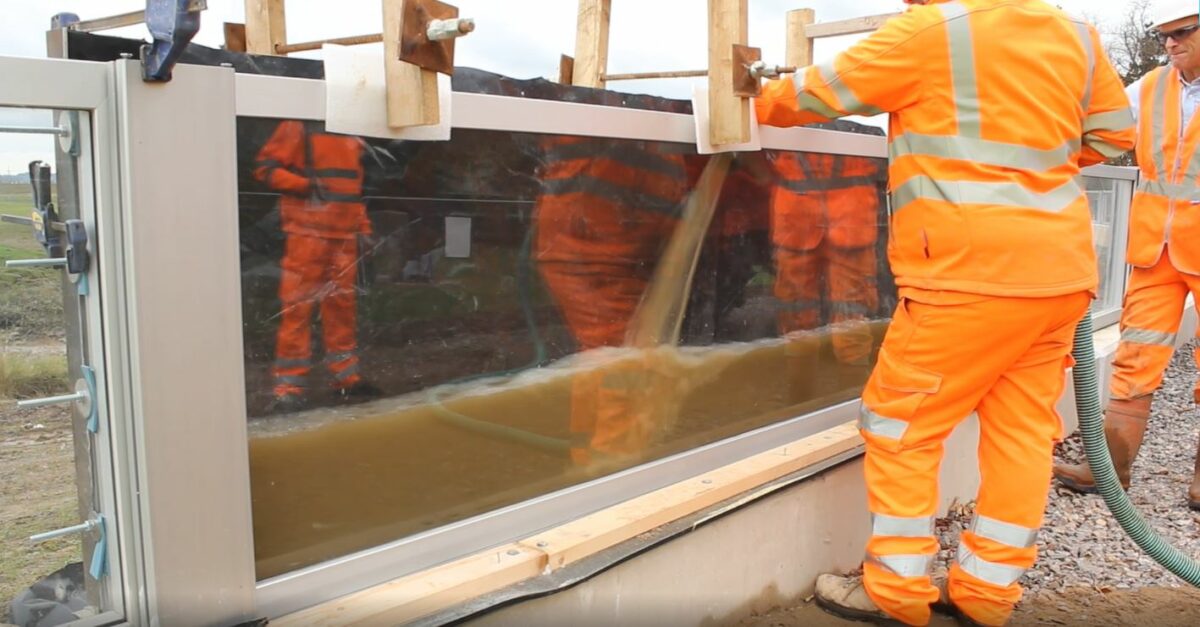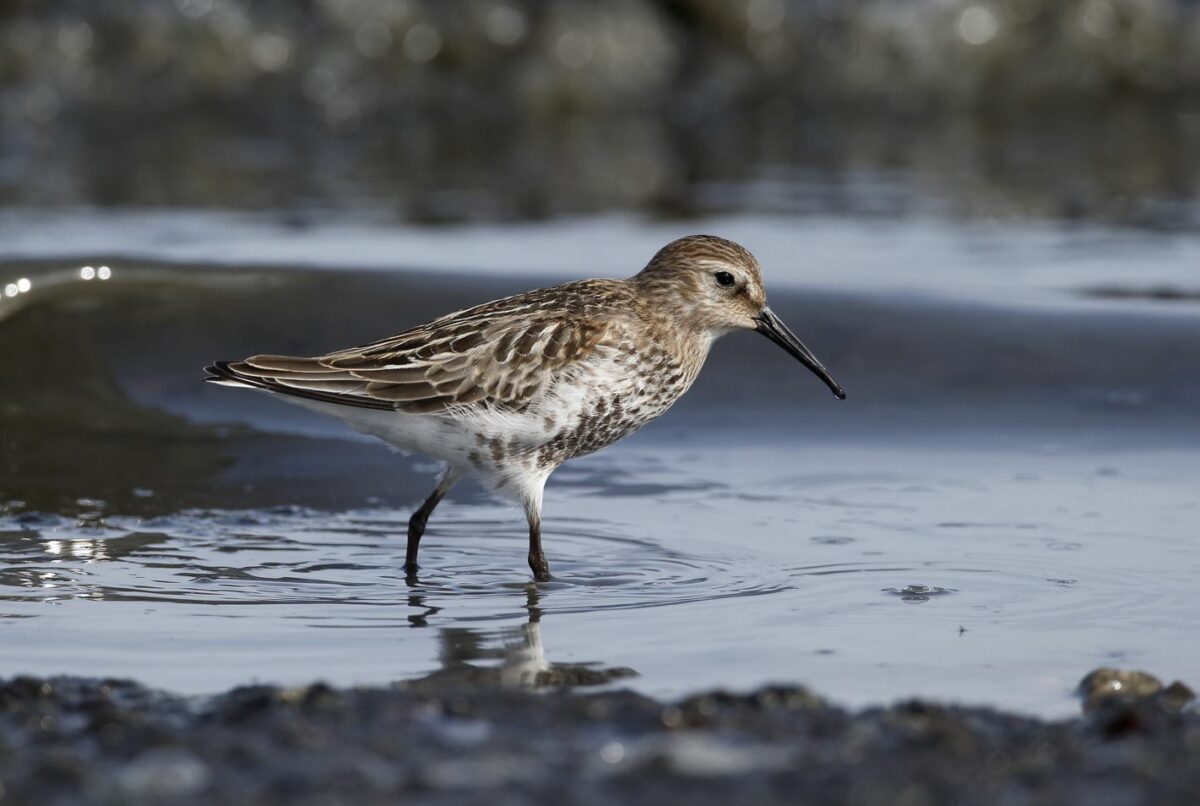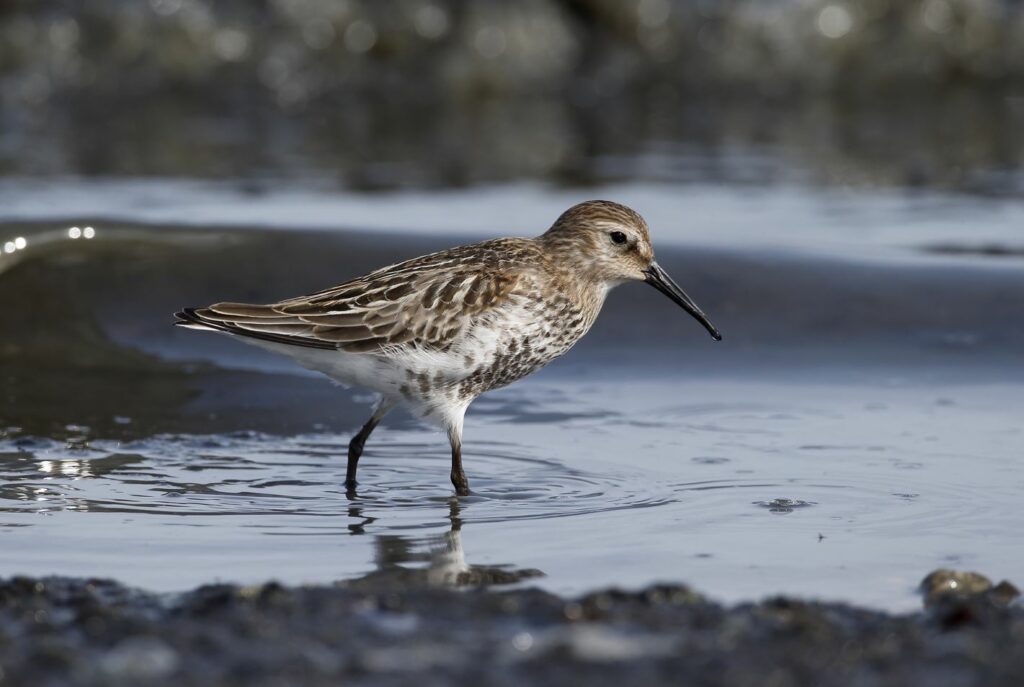New mural unveiled at Lamplighter’s Marsh as part of ASEA flood defence project
The communities of Avonmouth and Shirehampton are celebrating the completion of a stunning new mural on a flood defence wall at Lamplighter’s Marsh, as part of the Avonmouth and Severnside Enterprise Area (ASEA) Ecology Mitigation and Flood Defence project. This artwork is a collaborative effort between local volunteers and the graffiti workshop company, Graft.
Graft engaged with the local community through a series of workshops to gather input and inspiration. Volunteers from Friends of Lamplighter’s Marsh and staff from the Environment Agency and Bam Nuttall then helped prepare the new concrete flood defence wall by painting a turquoise undercoat on its surface, setting the stage for the artistic transformation. The resulting mural by Graft artists incorporates imagery of local wildlife, reflecting the community’s connection to the natural environment of Lamplighter’s Marsh.
Colin Taylor, Senior Flood & Coastal Risk Management Advisor at the Environment Agency, said: “Seeing the community come together with the ASEA project team for this mural project has been inspiring. The mural not only serves as a striking visual enhancement to our flood defence wall but is also a reminder of the importance of protecting our local environment and the role we all play in its preservation.”
Graft’s artists aimed to capture the essence of Lamplighter’s Marsh in their design, featuring an array of local wildlife, including curlew, oystercatcher, heron, comma butterfly, burnet moth, dragonfly, Viper’s bugloss, teasel and mullein. Depicted with vivid colours and details, the mural celebrates the nature reserve, which includes a variety of semi-natural habitats including scrub, grassland and salt marsh.
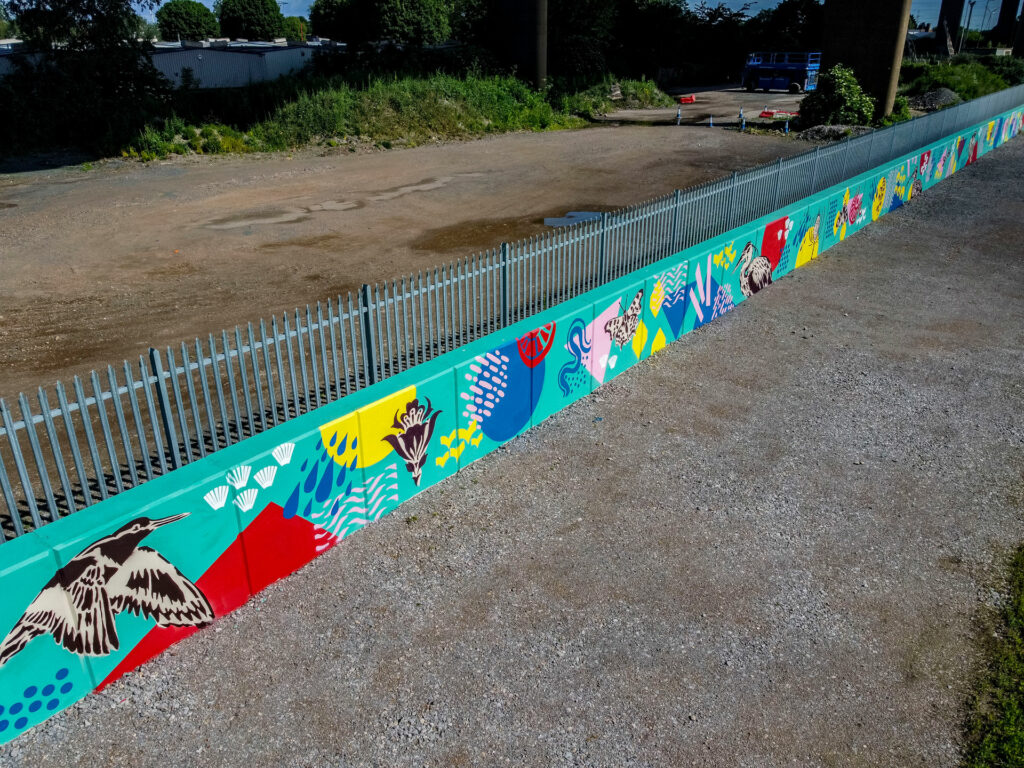
The workshops allowed us to connect with the community and understand their vision for this space which has been changed by the new flood defences. We wanted the mural to be a reflection of the area’s pride in its natural surroundings and the collaborative spirit that defines this community."
Sophie Higgins Wheeler from Graft
The mural’s completion marks a significant milestone in the ASEA project, which aims to enhance flood defences while promoting ecological sustainability. By integrating public art, the ASEA project not only addresses environmental concerns but also fosters community engagement and cultural expression.
John Hastings, Treasurer of Friends of Lamplighter’s Marsh, said, “The mural highlights the rich biodiversity of our area and stands as a symbol of our collective commitment to preserving and celebrating our natural environment. It’s been rewarding to see local residents, artists, and volunteers unite in this effort, and we look forward to continuing our work to protect and enrich this special place.”
Residents and visitors are encouraged to visit Lamplighter’s Marsh to view the mural and appreciate the efforts of all who contributed to this project.
Funding for the community mural came from Bristol City Council through a Section 106 contribution associated with the Portway Park & Ride development.
